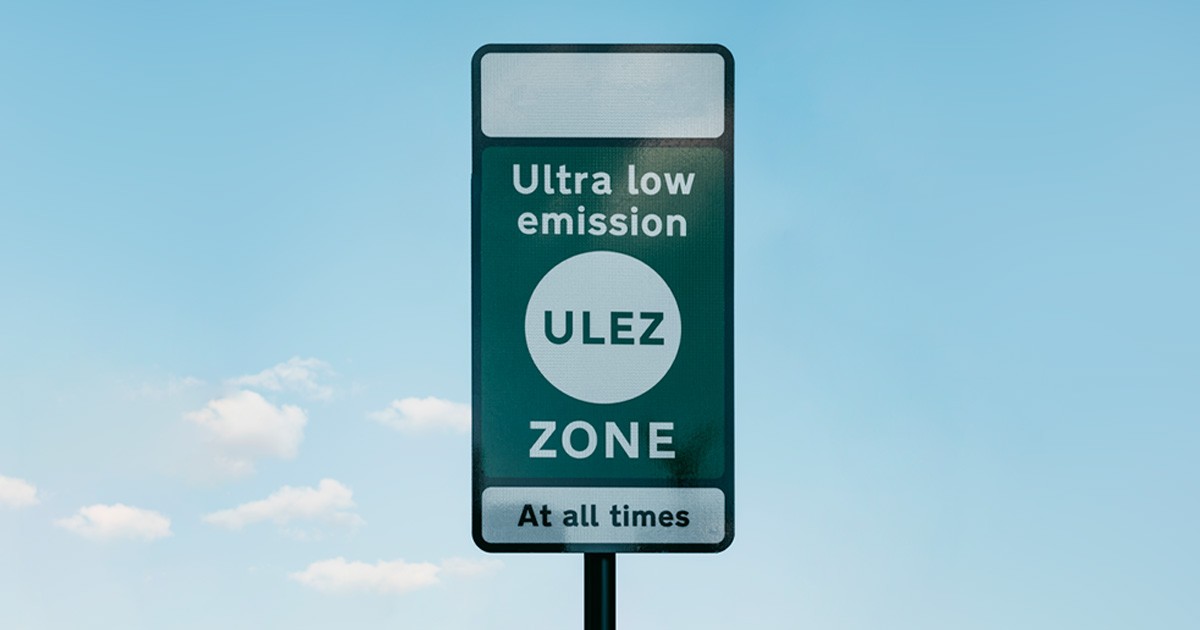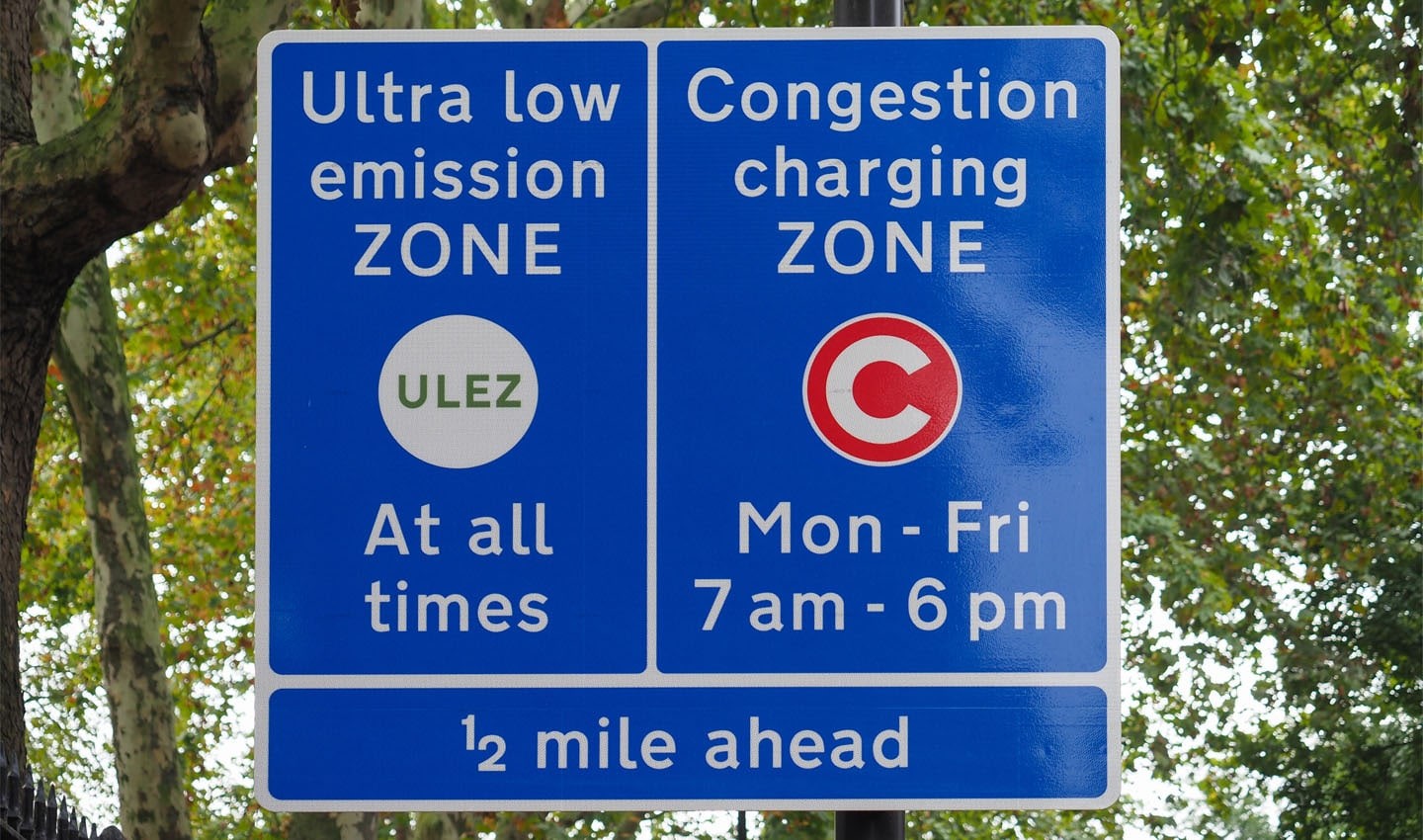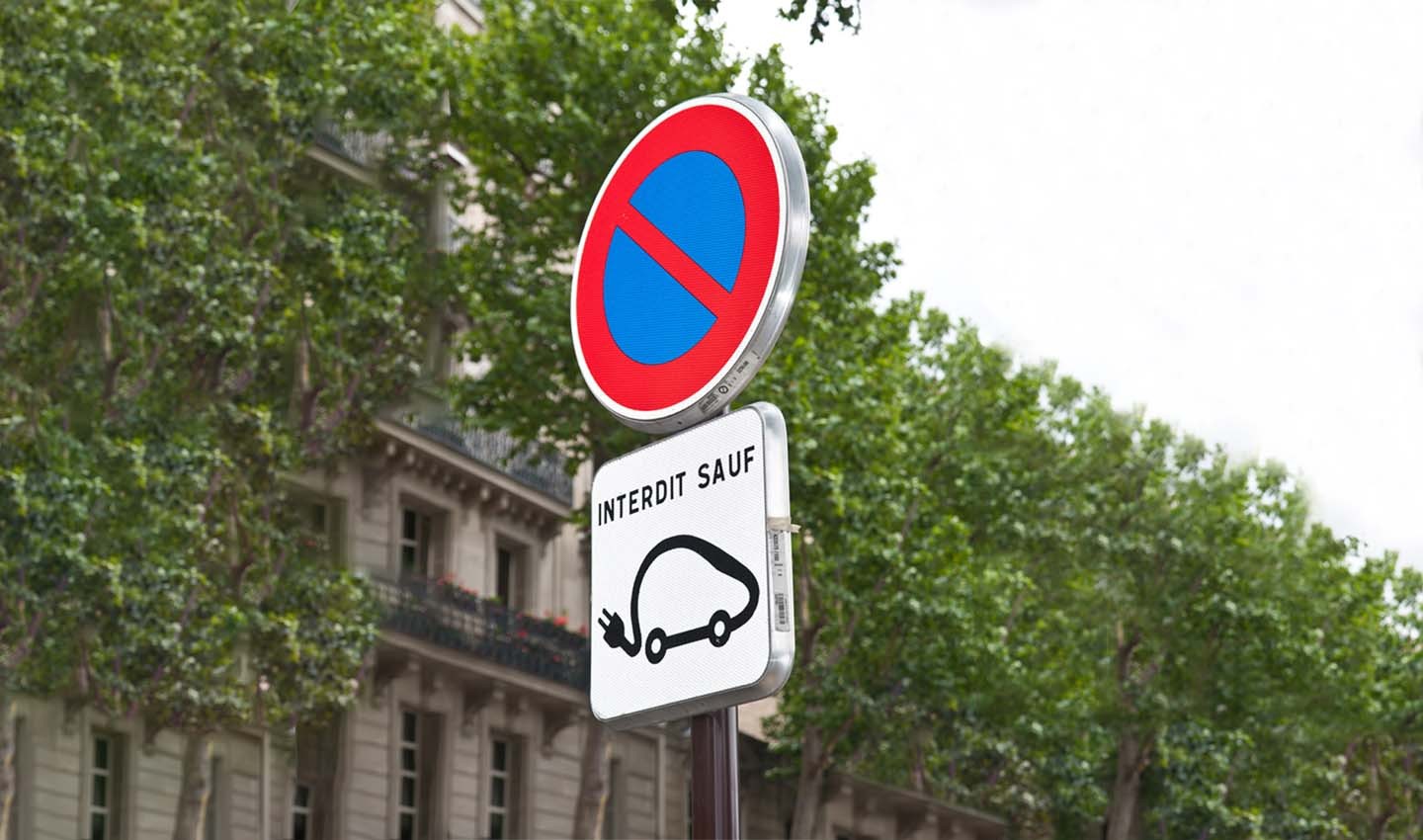Do low emission zones work? TomTom Traffic Index has the answer
&w=256&q=90)

Low emission zones (LEZ) have become a key feature in modern cities. They are a useful tool in regulating the flow of traffic into cities to ensure that drivers of old polluting vehicles are disincentivized from driving into city centers by levying heavy fines or charges. Newer, cleaner forms of transport like electric vehicles are allowed freely in and out of low emission zones.
London in the United Kingdom has two low emission zones, the first, introduced in 2008, covers a large area and only applies to commercial vehicles. The second is a smaller ultra-low emission zone that regulates the movement of all vehicles in Central London and was introduced in 2019.
Berlin introduced its low emission zone in 2020, preventing vehicles that produce the most emissions from entering the city and regulating all others.
Paris was one of the first cities in France to implement low emission zones. In 2015, the French capital began developing ways to reduce emissions from traffic and has over the years created several ecological zones which regulate the movement of high polluting traffic.
Amsterdam introduced its low emission zone, which covers the area inside its main ring road, the A10, in 2019. This zone bans certain types of diesel-powered cars, buses, vans and trucks, based on their emissions. Those that contravene the directive can face a fine of between €70 and €250.
Do low emission zones work?
Generally speaking, low emission zones have been proven to make a considerable difference to the levels of pollutants and greenhouse gases in cities, in terms of both CO2 but also NOx and particulate matter.
This isn’t surprising given that the worst polluting vehicles are the hardest penalized for entering a low emission zone, if they're not banned entirely.
Before we dive into the data, it’s important to note the difference between CO2 and NOx and PM. CO2 is a greenhouse gas and is detrimental to the environment, whereas NOx and PM are pollutants, which are more directly harmful to human health. In recent years, LEZ have focused on reducing pollutants, and less so on CO2. Strict legislation on engine emissions has targeted CO2 production for more than two decades.
How effective are low emission zones?
By placing traffic data alongside an emissions model, TomTom Traffic Index also shows how valuable low emission zones in city centers can be. As part of this year’s Traffic Index, TomTom has computed the impact that the low emission zones in Paris, Amsterdam, Berlin and London are having on CO2, NOx and particulate matter (PM) pollution in the European cities.
In Amsterdam, the city’s low emission zone is effectively cutting the production of CO2 by 0.4%, NOx by 8% and particulate matter pollution by 27%. That’s 1 tonne of CO2, 63 kg of NOx and 4 kg of particulate matter, per day.
Paris’ LEZ cuts CO2 by 0.4% (32 tonnes per day), NOx by 7% (2,029 kg per day) and PM pollution by 35% (124 kg per day).
Berlin’s LEZ effectively cuts CO2 pollution by 0.3% (7 tonnes per day), NOx by 8% (465 kg per day) and particulate matter by a staggering 33% (22 kg per day). In London, we see one of those effective low emission zones. The English capital’s highly restrictive but small ULEZ (ultra-low emission zone) cuts CO2 by 5% (42 tonnes per day), NOx by 54% (1,616 kg per day) and particulate matter by 45% (14 kg per day).

London’s Ultra-Low Emission Zone prevents the most polluting vehicles from entering the city center.
One might ask why LEZ don’t seem to cut CO2 as much as NOx or PM pollution, but when we consider how most of these LEZ work, the answer is quite clear. Most low emission zones focus on pollutants (NOx and PM), which heavily penalizes diesel vehicles, and commercial vehicles such as trucks and vans in particular.
Relatively speaking, diesel vehicles produce less CO2 per km than comparable petrol-engine vehicles. Given that petrol-engine vehicles aren’t as heavily penalized for entering a LEZ, CO2 emissions in the LEZ aren’t significantly lower than outside. However, diesel vehicles do produce a lot of NOx and PM pollution, the heavier the vehicle, the worse it gets.
As low emission zones keep diesel vehicles out of city centers, this has a more pronounced impact on the level of NOx and PM pollution; hence the more dramatic percentage reduction of NOx and PM.
With the upcoming EU7 engine regulations, which come into force in 2025, we should see more dramatic reductions of CO2. Where EU5 and EU6 regulations focused heavily on encouraging carmakers to develop low NOx and low PM engines, EU7 regulations will tighten limits on how much CO2 engines are allowed to produce.
How TomTom calculates the benefit of LEZs
When a LEZ is in operation, it influences the vehicle mix inside the zone compared to outside the zone. Inside the zone, we see the proportion of diesel vehicles drop and electric vehicles increase, for example, which then affects the volume of emissions produced. By comparing how the vehicle fleet changes TomTom can estimate the impact that LEZ have on pollutant production.
TomTom does this by considering the mix of vehicles outside the low emission zone (but still within the city). It then applies this mix of petrol, diesel, hybrid and electric vehicles to the traffic volumes seen inside the LEZ to estimate what emissions would be if no LEZ was enforced. It compares this estimate to what the real-world vehicle mix when a low emission zone is enforced.
It should be noted that this model assumes the LEZ doesn’t affect volume of traffic. TomTom bases its estimates on volumes of traffic inside the LEZ for a typical day. For the company’s full methodology, click here.
The future of low emission zones
Even though Low Emission Zones are proving to make a dramatic impact, the best thing we can hope for them is that they become irrelevant.
In Paris, by 2030, its low emission zone won’t restrict the movement of combustion engine cars, it will outright ban them from entering the city.

Be prepared to see many more scenes like this in Paris in the future. Within a decade the only vehicles allowed into the city center will be those powered by electricity.
In cities that don’t take such a hard stance against combustion engine vehicles, LEZs will likely become less important as the volume of electric vehicles increases naturally in line with other regulations that ban the sale of combustion engine vehicles. When this happens, the challenge for city planners will change.
When EVs become the norm, there won’t be any emissions-based restrictions preventing them from entering cities. There’s the possibility that this will lead to an increase in inner-city congestion, even if it is zero-tailpipe emissions. It’s an issue that shouldn’t be overlooked. If that becomes the case, we can expect things like London’s Congestion Zone charge to take the place of LEZ as being the main conversation around influencing the movement of traffic in our cities. Other cities will surely follow with more stringent congestion charges.
If you want to learn more about emissions in cities, check out the full TomTom Traffic Index here.
People also read
)
Here are the world’s most congested cities according to the 2021 TomTom Traffic Index
)
See the true environmental cost of inner-city congestion with TomTom Traffic Index
)
The changing shape of inner-city traffic: How COVID-19 changed the way we move in 2021
* Required field. By submitting your contact details to TomTom, you agree that we can contact you about marketing offers, newsletters, or to invite you to webinars and events. We could further personalize the content that you receive via cookies. You can unsubscribe at any time by the link included in our emails. Review our privacy policy.